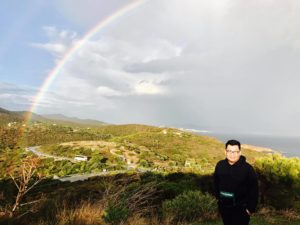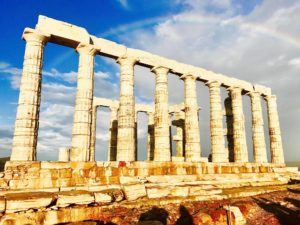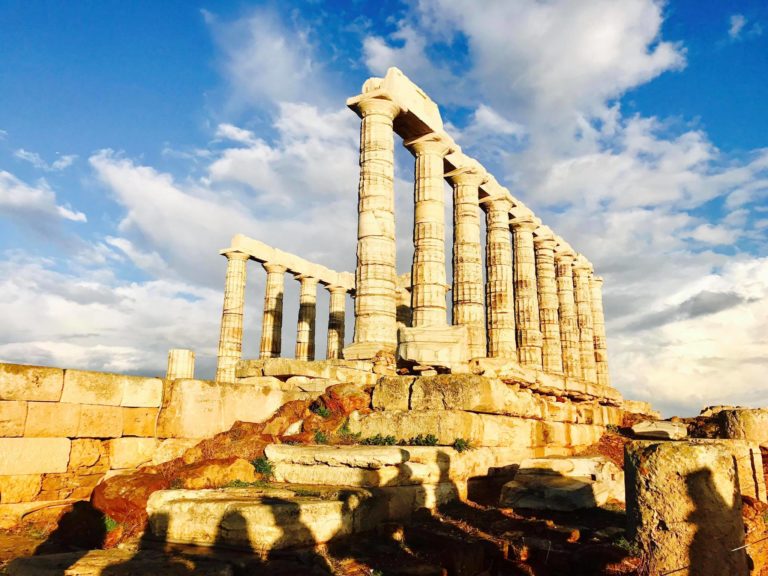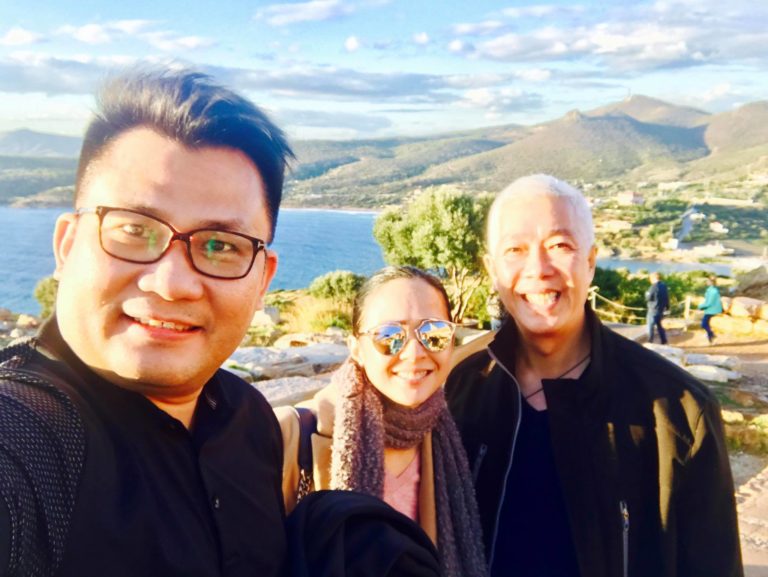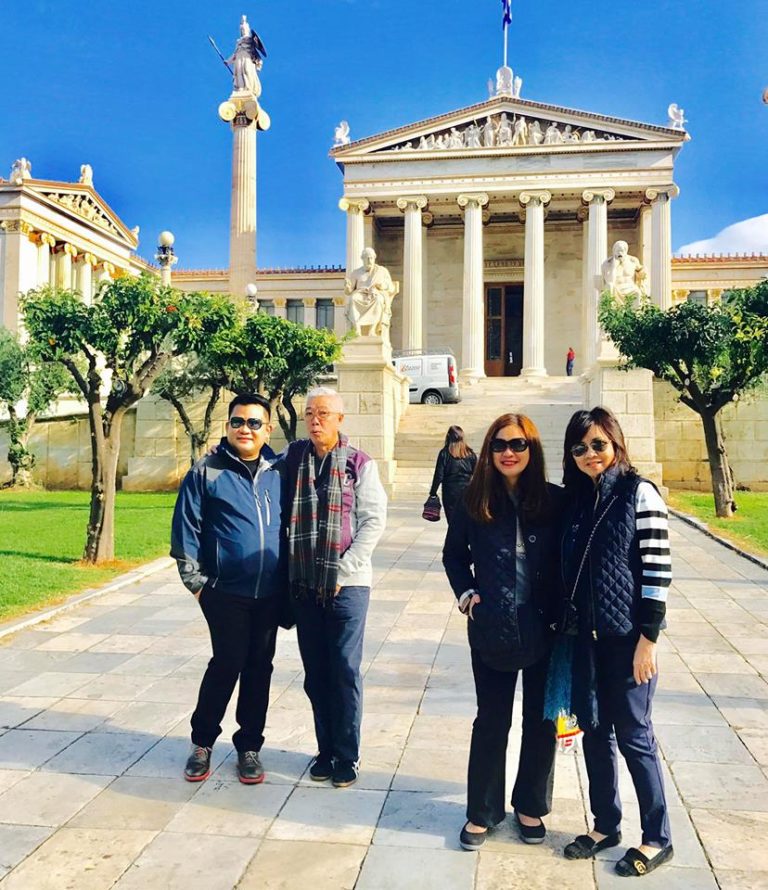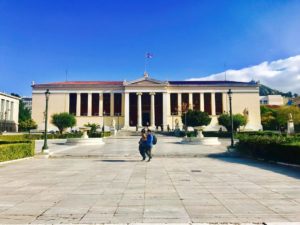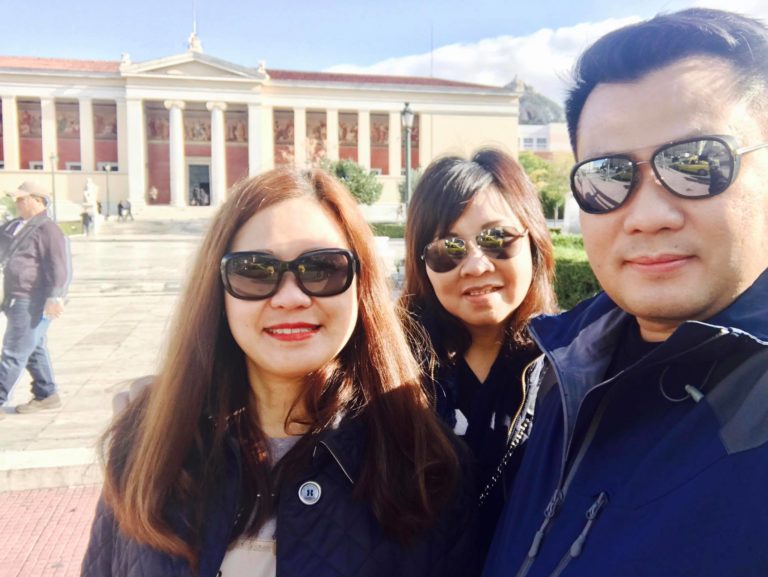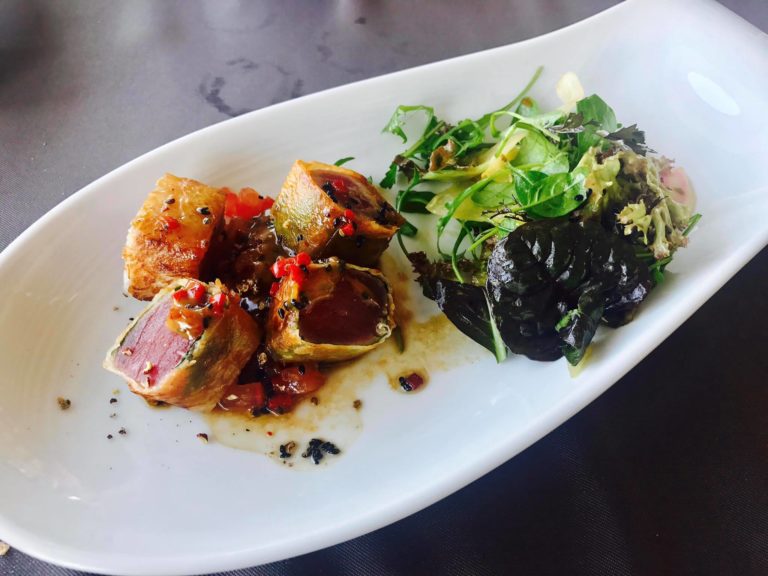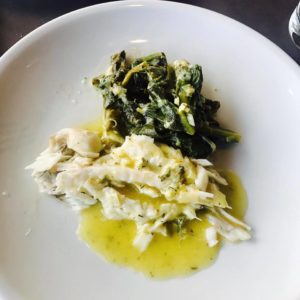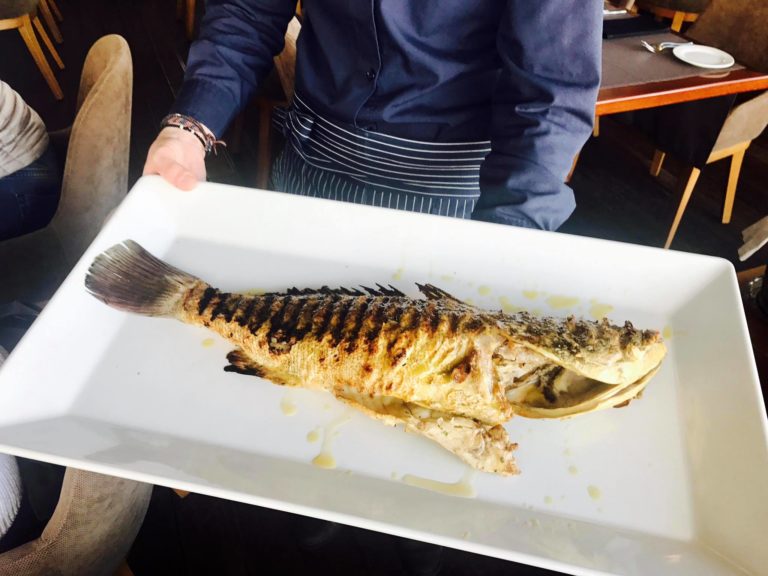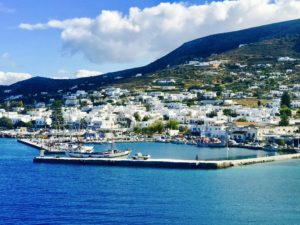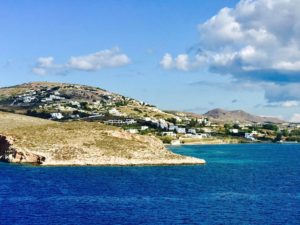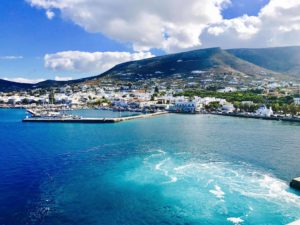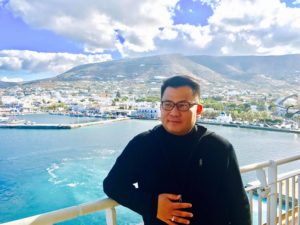When we see travel photos of our friends in Instagram or Facebook, we see their journey’s highlights, the fun times, and the envy-inviting snapshots. What normally elude us are the challenges that may come with traveling.
When we arrived on our layover in Istanbul, we were disappointed to have known that our flight to Thessaloniki was cancelled due to heavy fogging.
Thankfully, Turkish Airlines gave us a free overnight accommodation. We, then, thought of making the most of the day by heading out to the famed Grand Bazaar of Istanbul. But as we approach the gates, we noticed that the bazaar was closed—of all days!

The next day, we were packed and ready to rendezvous to Thessaloniki, when once again, our flight was cancelled due to a storm.
Wanting to already see the pristine architectural wonders of Greece, we decided to fly to Athens to start our adventure.
Arriving at Greece
We started our Grecian adventure in Cape Sounion’s Temple of Poseidon. Overlooking the ruins is a rainbow, as if telling us that the storm, both figuratively and literally, is behind us.
The temple was built by ancient Athenians to honor the god of sea, Poseidon. The location is quite fitting, as the temple overlooks the magnificent Aegean Sea. Unlike some temples in the island, much of Poseidon’s temple has been lost through time, but it still makes for a beautiful photograph.
After Cape Sounion, my friends and I decided to explore the island more. Although Athens is considered as one of the oldest cities in the world, spanning over 3,400 years, the city is so pristine and well maintained.
We decided to have a quick stop over to what looked like a grand museum. The property with sprawling grounds and classic Grecian architecture is actually the Academy of Athens—the national academy and the highest research establishment of Greece. The main building serves as a major landmark of Athens.
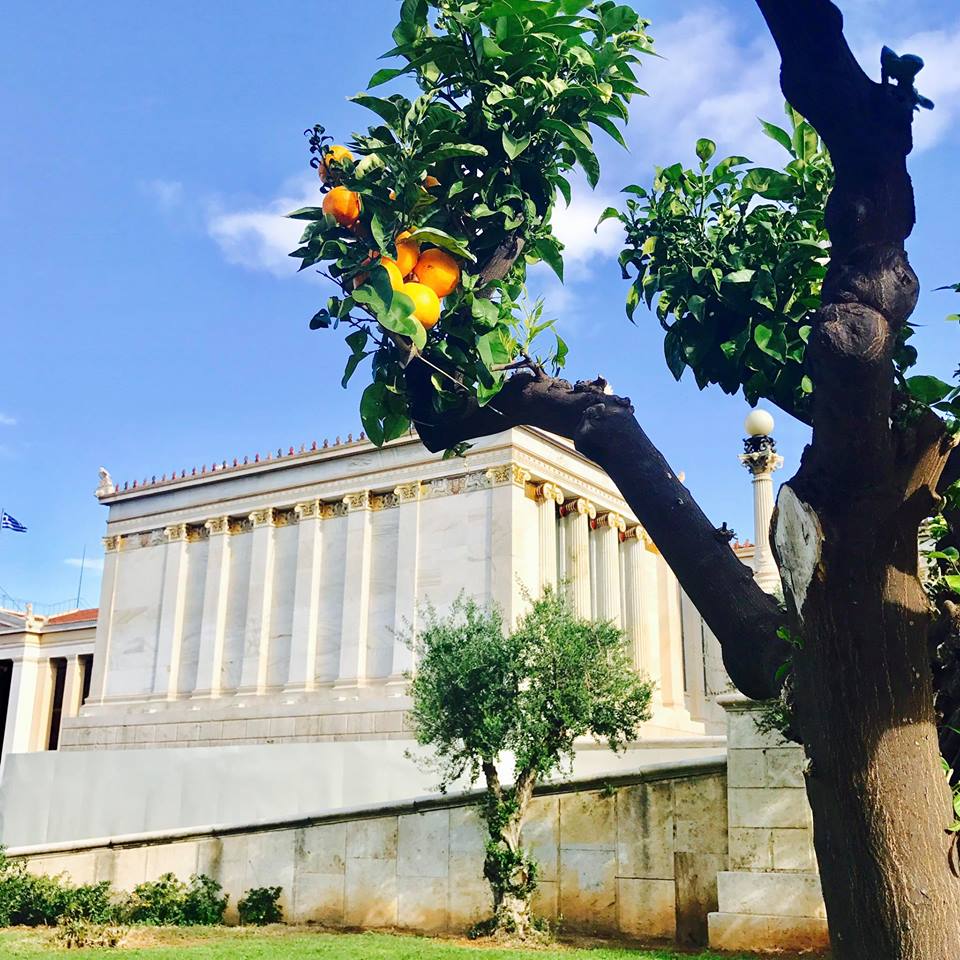
Although established in the 1920s, the academy’s history dates back to the era of the great Greek philosophers. The organization is an echo of the Academy of Plato, dating back to 387 BC. Aristotle himself studied there for twenty years, before starting his own school—Lyceum. Although the original academy is in ruins, it still holds much cultural significance to the people of Athens.
Most people visit Greece with the intent of seeing beaches and immaculate structures, but the country’s cuisine should definitely not be ignored! We had the chance to have lunch at Varoulko Seaside where the owner, Chef Lefteris Lazarou, whipped us an extraordinary Greek feast.
Paros and Naxos Islands
Much like the Philippines, Greece is made up of multiple islands that you can visit either by ferry or plane. After seeing a glimpse of Athens, we flew to Paros Island, which took us less than an hour. By ferry, this could take roughly around six hours.
Not too far from Paros is Zeus’ very own childhood home, Naxos Island. The strait between the two islands is a popular windsurfing destination.
In Greek mythology, the childhood home of Zeus was believed to be in Naxos. Hidden inside the island is a cave that was once a place of worship in the times of antiquity. The Ancient Greeks believed that the titan Rhea hid her baby Zeus to elude being killed by the god’s tyrant father, Kronos.
Of course, a trip to Greece wouldn’t be complete without heading to the country’s most famous island—Santorini.
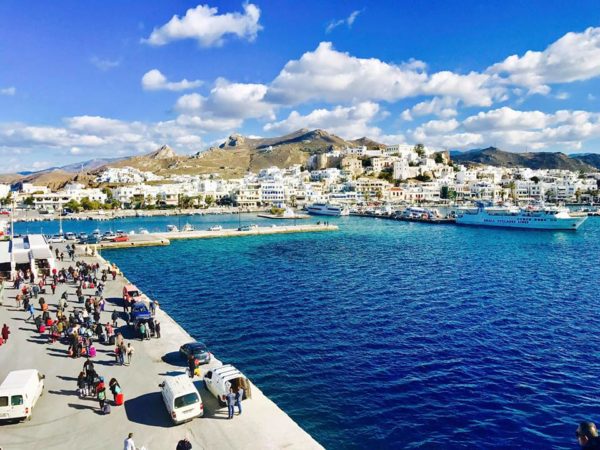
#JuanderWithUs on our next blog as we get to see beautiful Santorini!






























































